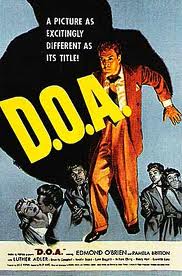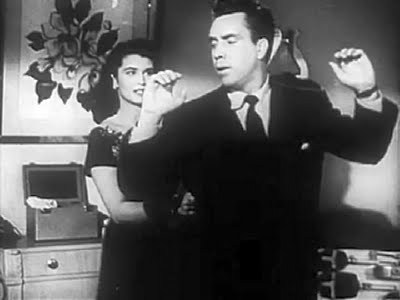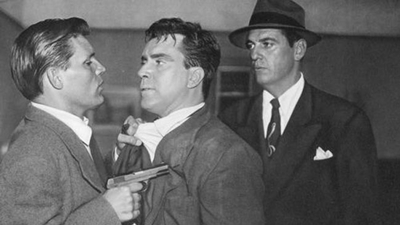Kiss Me Deadly/1955/United Artists/105 min.
If you fancy a sci-fi chaser with your classic noir, be sure to check out 1955’s “Kiss Me Deadly,” recently rereleased by Criterion.
Director/producer Robert Aldrich’s evocation of popular pulp writer Mickey Spillane’s apocalyptic novel (with a script from A.I. Bezzerides) has dazzled critics and influenced directors from the French New Wave to Quentin Tarantino and Steven Spielberg. (Aldrich also directed the campy noirs “What Ever Happened to Baby Jane?” from 1962 and “Hush … Hush, Sweet Charlotte,” 1964)
The story of ultra-macho Los Angeles gumshoe Mike Hammer (Ralph Meeker) smiting bad guys and spurning women as he wrestles with a whodunit is a tad misogynistic, but I’ll let that pass because this is a portrayal of a rough and violent, sometimes sadistic, world overall.
Besides, there is much to enjoy – the intense cinematography, for starters, from Ernest Laszlo, also the superb eye of 1950’s “D.O.A.” The film looks great and there are some unforgettable shots, from the arresting opening to the amazing finale. Laszlo creates a harsh, almost merciless, world. “Kiss Me Deadly” also features a fast-paced, hairpin-turn plot, a sexy score, sharp LA location shooting and excellent acting from the entire cast.
Actress Cloris Leachman (who later played the wacky neighbor Phyllis on “The Mary Tyler Moore” show) makes her debut in the film as Christina Bailey, a hitchhiker who snags a late-night ride with Hammer. Christina has just escaped from an insane asylum, in the nude except for a trench coat. She says she was dumped at the asylum and really doesn’t belong there. Oh, that old line.
She gives Hammer vague answers to his questions and tells him to remember her. She’d be a bit hard to forget, actually. The two are run off the road, taken to a house where Christina is tortured and Hammer is punched out, then put back in Hammer’s car and pushed over a cliff. [Read more…]





![edmond_obrien[1]](http://www.filmnoirblonde.com/wp-content/uploads/2011/02/edmond_obrien1-150x150.jpg)








From FNB readers